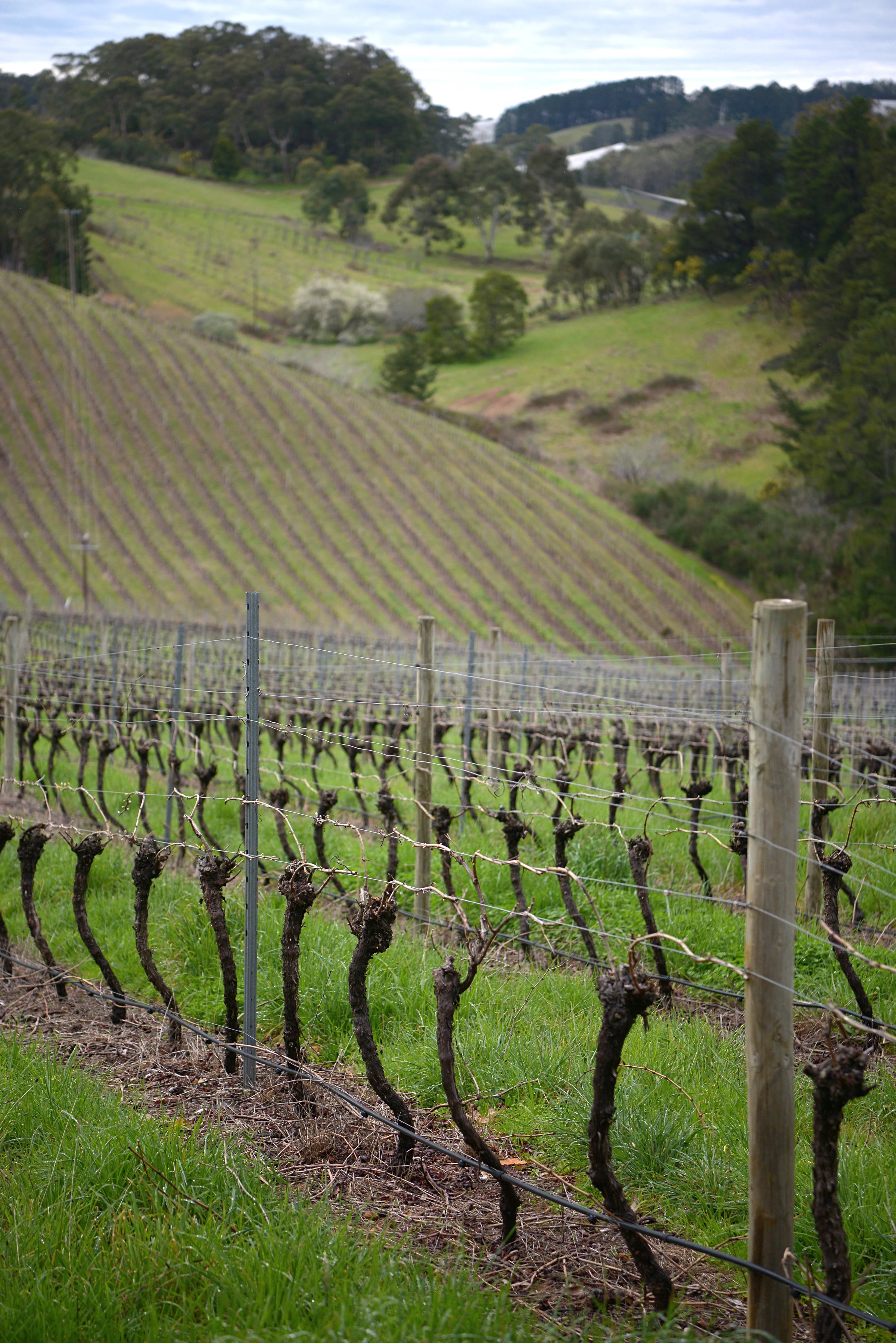When a wine is as good as today’s, it doesn’t just merit a trip outside one’s comfort zone—it demands it. Our subscribers know and love Bordeaux and the Napa Valley, but there are other corners of the world that produce distinctive and important expressions of Cabernet Sauvignon. Coonawarra, in South Australia, is one of them.
Anyone studying to become a Master Sommelier must know Coonawarra, as it has long been established as one of the world’s classic terroirs for Cabernet. So, if you weren’t aware of that before, here’s a spot-on Coonawarra Cabernet from Balnaves to start you on a very rewarding journey. Balnaves is a regional archetype: James Halliday, Australia’s foremost wine critic, awarded Balnaves “5 Stars” for 17 consecutive years in his namesake book,
Halliday Wine Companion. He applauds Balnaves wines for their “supple mouthfeel, varietal integrity, balance and length,” going on to say that “the tannins are always fine and ripe, the oak subtle and perfectly integrated.” As in California, Australia has its liberal share of hot climates and beefy (and overly oaky) wines, but today’s wine reflects a modern-era quest for grace, balance, and well-integrated oak. Coonawarra is the country’s premier cool-climate region for Cabernet Sauvignon, and Balnaves’ Cabernet expertly captures its essence with its lacquered red and black fruits, minty green tones (a regional signature), and iron-rich earth. It is distinctly not Napa, nor is it Bordeaux, and like Halliday, we applaud its individuality—not to mention its category-busting refinement at this price. It’s a delicious reminder that the world is wide, great winemaking is global, and horizons are meant to be broadened.
Family-owned and operated since 1975, Balnaves is a refreshing diversion from the powerhouse Aussie wine conglomerates that dominate the American market. It’s a quaint story of a farmer and sheep-shearer, Doug Balnaves, whose family settled in Coonwarra in the 1850s. The Balnaves were simple grape growers, selling off most of their fruit; then one day Doug Balnaves decided to put his grapes in an empty swimming pool while in search of a cement vat for fermentation. In that moment, a love of red wine making was born and nourished by Doug’s wine mentor and friend, Bill Redman, otherwise known as the “The Grand Old Man of Coonawarra.” Coonawarra is a marvel of geology, a finger-shaped strip of land delimited by its unusual soils. Just google “Coonwarra soils,” and a gallery of luscious brick reds and orangey-browns color the page. These uncanny soils, called terra rossa, are a type of red clay, produced by the weathering of limestone over thousands of years and colored by iron oxide. But, unlike most clay, terra rossa does not hog water, it drains it, encouraging the vine to struggle and stretch its roots into the depths of limestone earth, or as we know it, the jackpot of minerality and soul. Part of South Australia’s regional Limestone Coast, Coonawarra’s proximity to the sea makes it a cool maritime climate. Here, the rain, wind, and mist are just as important as the terra rossa and limestone. Unlike warmer Barossa or Eden Valley, grapes get a chance to slowly ripen and retain acidity. Today’s wine shows us the elegant side of Cabernet, with a bonus of a few years of bottle age—perhaps not what you were expecting from Australia, but in fact a signature of Coonawarra for generations.
The 2012 vintage was a mild and early ripening one in Coonawarra that favored delicate fruit flavors. The vine age at Balnaves spans from 25 to 45 years, with a large portion coming from the family’s original plantings. When discussing the excellence of Balnaves, it’s worth mentioning a man named Pete Bissell. Pete has been the winemaker at Balnaves since 1995. He has won countless awards, including, most recently, the prestigious Australia Society of Viticulture and Oenology’s “Winemaker of the Year” (2018). Under his expertise, vines are sustainably farmed, yields are kept low by dropping bunches of fruit, and careful sorting preaches “quality over quantity.”
As it now has a little bit of age, decant this wine to remove a touch of fine sediment, then serve at 60-65 degrees in large Bordeaux stems. In the glass, deep ruby and mulberry form the core, moving to a tinge of tawny on the rim. The aromas are intense and characteristically Coonawarra: a cascade of plump dark fruits, cassis, blackberry, and blueberry, luscious and round in the mouth, welcomed by hints of smoky cedar, minty vanilla, damp forest floor, menthol, and warm red earth. Supple with finely connected tannin, the wine unfolds and spreads to all corners of the palate. It is invisibly seamless, and the finish is beyond long. It will also make a perfect accompaniment to something meaty and savory. Your local market may not have squab, so you may have to do a little hunting online to find a source. Stick with an unfussy recipe, like the one attached, and let the wine do the rest of the work. Most important, keep your drinking mind open and your palate wide. Cheers to you and Coonawarra!




